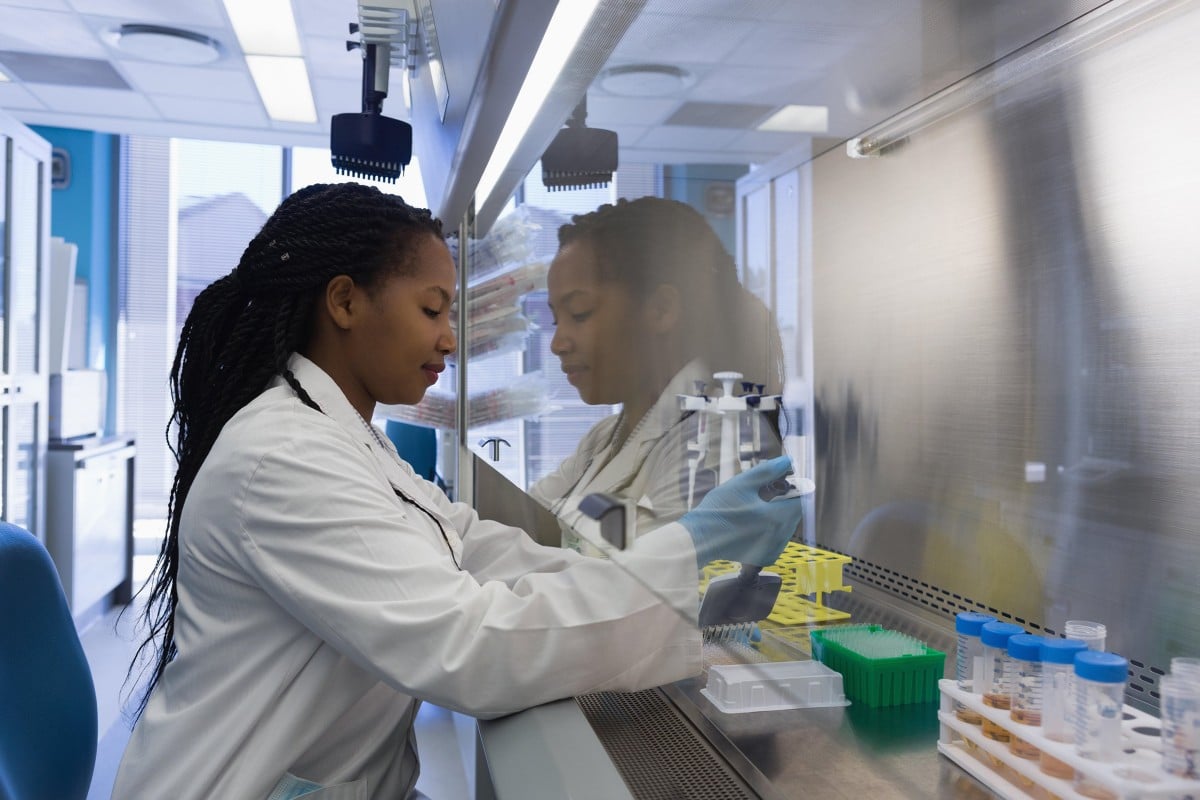Introducing a collaborative database of cultivated meat research tools and protocols

One of the most difficult parts of starting a research program in cultivated meat—or of making swift progress once your research is underway—is the lack of available resources, tools, reagents, assays, and protocols that are specific to your species of interest. The bulk of cell culture research in academia and industry is performed using human, mouse, or hamster cells or tissues, and thus most of the effort for resource creation has been devoted to these species. Nevertheless, there are tools, reagents, and service providers that are available for scientists’ research and development needs—and GFI is putting together a database to help researchers find them.
With our new Cultivated Meat Research Tool Directory, GFI hopes to crowdsource and compile existing species-specific resources to save researchers time in finding the tools they need and point to service providers that can develop new tools or carry out specialized work for those who don’t have the equipment or expertise to perform these tasks in-house.
We encourage those actively conducting research in cultivated meat to suggest additions to the database by filling out the following Google Form. We especially welcome suggestions for providers not based in the United States or that can service other geographies. As a crowdsourced resource, GFI does not advocate any of the specific products or services listed in the database. While information will be screened, it is up to the individual user to verify the accuracy and ownership of the information for themselves before they use it.
In the database, you will find individual tabs that track the following key resources:
Cell lines, primary cells and tissues, and cell culture reagents
Cell lines are the workhorse of a cultivated meat research program but can be difficult to find or obtain. We’ve listed commercial vendors for species-specific cell lines, primary cells, or intact tissues that can be used for cultivated meat research. Additionally, we list commercially-available and custom cell culture media and supplements that are species-specific. Recently, GFI and reagent provider Kerafast announced an agreement to develop a repository of cell lines relevant to cultivated meat. We encourage researchers to deposit relevant cell lines to this repository to make available to the community. Please email cells@gfi.org if you want to learn how to deposit your own cell line or have a suggestion for an existing cell line that you’d like to see housed in the repository! You can also sign up for updates when new lines from your species of interest are added.
Aggregators, service providers, and contract research organizations
Hunting for tools or services is not a challenge unique to scientists working on cultivated meat. Many websites have robust search mechanisms for locating your species of interest or to find service providers or contract research organizations that can assist in outsourcing projects requiring specialized expertise. Even if they don’t commercially advertise solutions specific to your species of interest, they may have non-catalog offerings, or they may have prior experience with that species for a particular client. If not, they may still be capable of developing bespoke solutions for your application. These providers can greatly enhance and accelerate your workflow!
Research tools, reagents, and datasets (antibodies, genetic tools, genome sequences and arrays, RNA-sequencing, and scaffolds)
Common laboratory tools and reagents can be difficult to track down for species used in cultivated meat. However, many tools and reagents do exist for these or closely related species. We’ve tracked a variety of locations to find antibodies, genetic tools and datasets, scaffold suppliers, and other cultivated meat-relevant reagents in this tab.
Protocols and assays
There is not yet a large amount of peer-reviewed literature specific to cultivated meat (for a list of peer-reviewed publications, see here). Thus, existing protocols and techniques are often borrowed from other species or adapted from parallel application areas. We encourage researchers active in the cultivated meat sector to list publications with protocols and assays that they have found to successfully translate to the cultivated meat industry. Additionally, researchers are encouraged to publish the protocols they use or have developed as open-access using a platform such as www.protocols.io or STAR Protocols. Easy access to robust protocols—annotated with insights from other cultivated meat researchers—can substantially reduce the barrier to entry for new scientists joining this field. It can also accelerate troubleshooting for both academics and commercial researchers already engaged in cultivated meat research.
What doesn’t work?
Finally, the learning curve in laboratory research is often fraught with failures. To minimize wasted money and time spent on protocols, approaches, or reagents that do not work well, we’ve created a specific area to track user-submitted failures or warnings for products, assays, or protocols that are not recommended for use based on personal experience.
In a fast-growing but small community of researchers, the ability to share tips and information can save time, money, and headaches along the way. We hope that this database will provide a platform for researchers in the cultivated meat sector to actively share their learnings to benefit the broader community on the path to commercialization.

